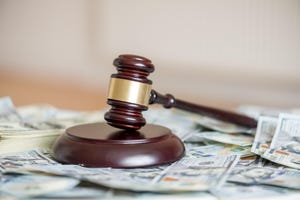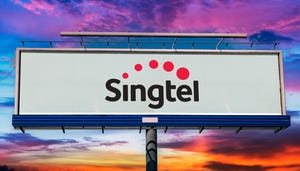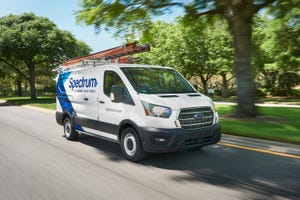FCC Tests Show WiFi Can Operate Safely in 5.9GHz Band
Cable industry wants FCC to free up substantial portion of the band for WiFi.

US cable's largest lobbying organization renewed its call for the FCC to open up the 5.9GHz band for unlicensed use after initial tests showed that WiFi can operate safely in what is widely viewed as a valuable but underutilized swath of wireless spectrum.
Phase I of those tests, conducted by the Federal Communications Commission (FCC) 's Office of Engineering and Technology (OET) in coordination with the National Telecommunications and Information Administration (NTIA) and Department of Transportation, found that the prototype devices used could "reliably" detect incumbent Dedicated Short Range Communications (DSRC) signals.
For the Phase I tests, Cisco Systems Inc. (Nasdaq: CSCO), Qualcomm Inc. (Nasdaq: QCOM), KEA Tech, Broadcom Corp. (Nasdaq: BRCM) and CAV Technologies submitted nine devices for the trial, which was designed to detect DSRC signals and then either vacate the spectrum entirely or share a portion of it with "non-safety" related communications using techniques similar to WiFi sharing. Some 1,450 individual tests, with more than 1 million data points were collected, according to the FCC OET.
Proposals for the band include a detect-and-vacate option whereby a device intending to operate in the spectrum would be required to cease transmission when DSRC activity is detected, and a re-channelization proposal that would restructure the band.
The FCC has set a November 28 deadline for comments on the test results and the Commission's current three-phase testing plan, and a December 13 deadline for follow-on replies.
With Phase I testing done, the FCC is proposing Phase II trials involving basic field tests and a few vehicles at a DoT facility, and a Phase III trial with more field tests using a greater number of vehicles, test devices and additional "real-world scenarios."
On behalf of its MSO members, the NCTA – The Internet & Television Association has urged the FCC to give 5.9GHz a "fresh look" for WiFi, arguing that its use for DSRC and connected car applications has "clearly failed." Cable wants a substantial portion of the 75MHz in that "U-NII-4" frequency band (residing at 5850 MHz to 5925 MHz) to be freed up for WiFi, a technology that has become an integral component of the industry's wireless strategy. (See Cable Makes Play for 5.9GHz Band.)
NCTA cheered the FCC test results, holding that the band is poised to "be an important element in delivering gigabit WiFi and fulfilling our nation's agenda of delivering ubiquitous broadband to all Americans."
FCC Commissioner Jessica Rosenworcel has been on cable's side in the debate and has urged the FCC to release the initial test results. "These results are long overdue," she said in a statement. "We need to start a rulemaking to take a fresh look at this band and its real possibilities."
Fellow Commissioner Michael O'Rielly is also pushing for a rulemaking to reallocate "at least" 45MHz of the band, "which is completely unused today for automobile safety."
The Auto Alliance wants the use case for the 5.9GHz band preserved, citing data from the National Highway Traffic Safety Administration indicating that applications enabled by vehicle-to-vehicle (V2V) and vehicle-to-infrastructure (V2I) communications could eliminate or mitigate the severity of up to 80% of "non-impaired" crashes.
— Jeff Baumgartner, Senior Editor, Light Reading
About the Author(s)
You May Also Like




.jpg?width=300&auto=webp&quality=80&disable=upscale)







